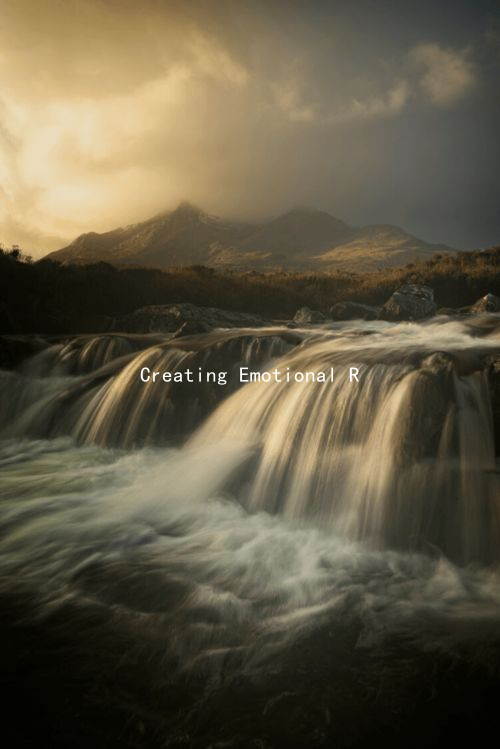Emotional Filtering: A Tool for Building Lasting Bonds in Relationships
Emotional Filtering: A Tool for Building Lasting Bonds in Relationships
In the intricate tapestry of human relationships, communication serves as the thread that binds individuals together. Yet, the nuances of what we say and how we feel can often lead to misunderstandings and emotional disconnect. This is where the concept of emotional filtering comes into play—a vital tool for fostering deeper connections and understanding in romantic relationships.
Emotional filtering involves the ability to sift through ones feelings and experiences to focus on what truly matters in a conversation or interaction. It requires both partners to be aware of their emotions, articulate them clearly, and understand each other’s emotional landscapes. This practice can significantly enhance communication, reduce conflict, and promote intimacy.
One of the first steps in emotional filtering is self-awareness. Each partner must take the time to identify their feelings without becoming overwhelmed by them. This could mean recognizing when one is upset, anxious, or simply tired. By understanding one’s emotional state, partners can communicate more effectively. For instance, instead of saying “I don’t want to talk right now,” a more emotionally filtered expression might be, “I need a little time to gather my thoughts, but I value our conversation and want to return to it.”
Active listening is another essential component of emotional filtering. It involves not only hearing the words spoken but also tuning into the emotions behind those words. When one partner expresses feelings of frustration or sadness, it is crucial for the other to listen empathetically. Responding with questions such as, “What did that feel like for you?” or “Can you share more about what’s bothering you?” can help create a safe space for discussion.

Additionally, practicing vulnerability enhances emotional filtering. Sharing personal feelings and experiences can be daunting, yet it is a vital part of building trust and connection. When both partners feel safe to express their thoughts openly, it creates a foundation for a deeper emotional bond. For example, rather than retaliating during a disagreement, expressing vulnerability by saying, “I feel hurt when you dismiss my opinions,” can pave the way for constructive dialogue rather than a conflict.
To further strengthen emotional filtering, couples can establish ground rules for communication. This could include agreeing to speak without interruption, refraining from name-calling, or taking breaks when emotions run high. Having these guidelines allows both partners to express their feelings while keeping the conversation respectful and constructive.
Moreover, incorporating empathy into conversations can greatly improve emotional filtering. Understanding and acknowledging each other’s perspectives fosters compassion and demystifies emotional responses. Phrases like, “I can see why you feel that way,” or “I understand this is difficult for you,” can make a significant difference in how both partners perceive their discussions.
Lastly, emotional filtering encourages couples to celebrate small victories. Acknowledging and validating each other’s feelings, even when they differ, can strengthen the relationship. Celebrating efforts like an improved dialogue or understanding a partner’s point of view can reinforce positive communication patterns.
In conclusion, emotional filtering is a powerful tool for cultivating lasting bonds in romantic relationships. By enhancing self-awareness, practicing active listening, embracing vulnerability, establishing communication guidelines, and fostering empathy, couples can build stronger connections. This intentional approach to emotional expression not only alleviates misunderstandings but also enriches the overall quality of the relationship, paving the way for a deeper, more fulfilling partnership.





